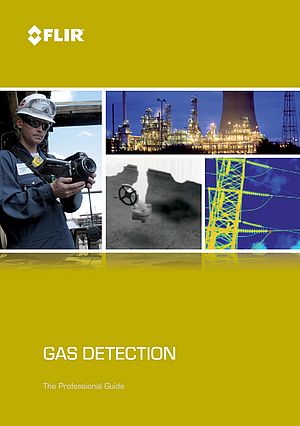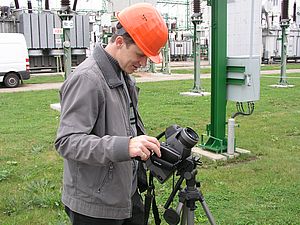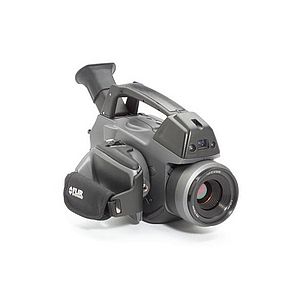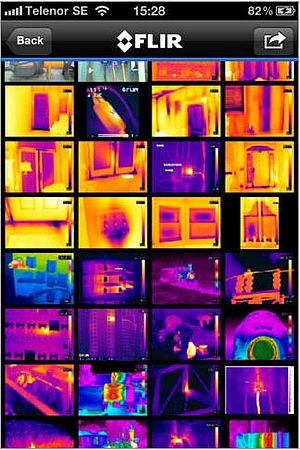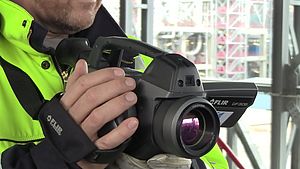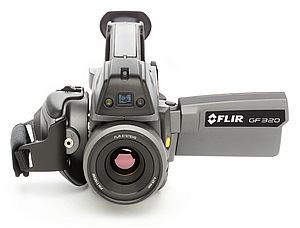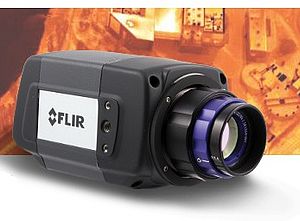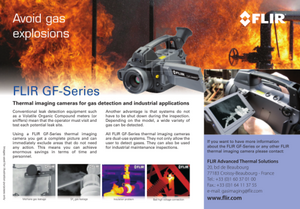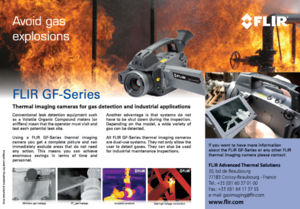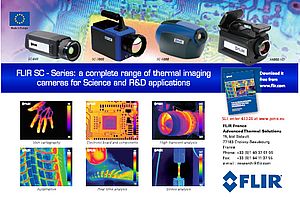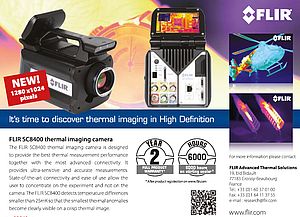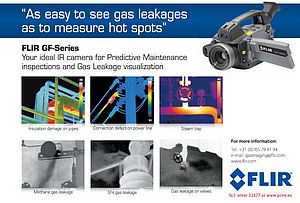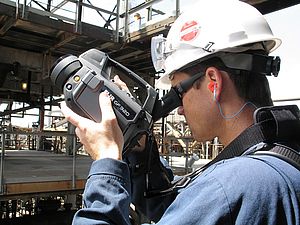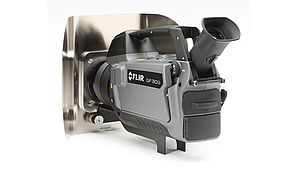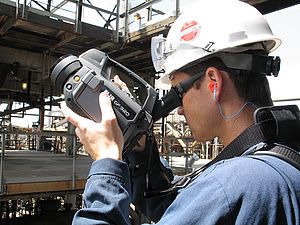Existing everywhere such as air that we consume all the time without being aware of how precious and inevitable it is, the measurement and unit have always been a part of our lives. Were it not for standards and measurement, humankind civilization might have not been developed in this remarkable manner.
Established in 1975, Korea Research Institute of Standards and Science (KRISS) has been providing a solid infrastructure of the growth or national science technology as a representative institution for measurement and standards and serving as a pivotal role for improving the quality of major fields in Korea including aerospace, heavy chemical industry, semi-conductor, ship, and vehicle into a global level. In addition, KRISS has been contributing to improving the quality of national measurement standards in Korea into the ranks of the developed countries through technical support on the small and medium companies and calibration test service.
One of the new areas that KRISS is currently leading international efforts is to develop standards for non-destructive test using infrared imaging. KRISS is now performing as chairman and leader of international standard for non-destructive and infrared imaging test segment (ISO/ TC135/SC8). And as a P member with decision making authority of this organization, KRISS is developing international infrared imaging test standards for metal standard specimen and composite materials widely used for wind power generator.
The wind power generator blade which transfers the wind into electric power has a length ranging tens to hundreds meters with weight reaching up to dozens of ton depending on the generating capacity. Wind power generator blade is manufactured with composite material and is light-weighted and solid compared to other materials.
However, it is steadily applied with significant amount of stress in a procedure of development that causes crack as time passes by. Due to aforementioned issues, European countries which introduced wind power earlier than Korea have been witnessing breakdown or destruction of blade during operation. KRISS has started proceeding the research of non-destructive test standards for wind turbine blade in order to prevent negligence accident of the wind power generator installed in Daegwallyeong, west coast, and Jeju Island and to steadily proceed R&D for the security of nation and stable maintenance of power facilities serving as a basis for the nation by actively developing international standards.
Many countries have utilized various methods including an test through direct contact and also ultrasonic test for detecting defects of the blade as of now. However, each test method has a weakness for being able to detect defects only after a certain amount of time passes with cracks on the blade. As for ultrasonic method, it is difficult to easily identify defects due to disparity on the sound impedance from composite material texture. In addition, most of the cases entailing cracks suffer from difficulty in defecting defects unless the size of crack is maintained in a same level. Furthermore, ultrasonic method only detects local areas that a significant amount of effort and time is required to examine one blade in a range of more than 100 meter. Visual test or direct contact test using hands that are frequently used along with ultrasonic detection also has its own limitation for detecting defects of the material or fine cracks inside the blade in advance.
What is conceived as an alternative for reducing the amount of effort and time is an active infrared non-destructive test. It enables to scan large-scale object without direct contact with objects using infrared camera. In addition, it is easy to operate with no sweat.
Passive infrared thermal imaging method is a technology that manually receives the energy emitted from an object needed for test and interprets it, while active infrared thermal imaging method is the latest technology detecting the abnormal movement of energy emitted from an object after applying energy on it by using halogen lamp, flash lamp, ultrasonic forcing, induced current, and heating gun.
Compared to ultrasonic test, infrared thermal imaging test identifies anomalies in advance by detecting heterogeneity in the medium displayed as temperature differences from small amount of infrared energy emitted from blade making it feasible to repair, organize, or replace it early in the phase. In addition, it is a non-contact inspection with an advantage of detecting defects instantaneously at the field without having to disassemble the blade from generator when needed. Therefore, infrared imaging camera in a mid-infrared range that can effectively utilize infrared wave with high resolution is recommended to detect defects precisely.
KRISS is now quantifying the test from the wind power generator blade and proceeding research to develop a standardized defect identifying method and test system that is a current problem awaiting solution in the industry. Among them, terms that were related to the test started to be developed as of 5 years ago and are to be finalized this year. It is required to establish standards on the test method, tools, and qualification of personnel for a researcher to finalize standards for non-destructive infrared imaging test. This is called quantification task of the non-destructive test. Standardization has been achieved at some degree as of now, but quantification is specifically required to approve standards.
KRISS has already started developing the module that performs both procedures of detecting defects from horizontally or vertically anchored blade and ultrasonic and optical infrared imaging test. In an attempt to develop technology of detecting defects according to a type of it through manufacture of GFRP artificial defect specimen such as blade texture by KRISS, it is now in expected to reduce effort and time in the most desirable manner for detecting defect that is currently a problem awaiting solution in the industry by significantly decreasing the amount of time required for test and acquiring reliable result compared to traditional test.
Dr. Man-Yong Choi, Vice President of Korean Society for Non-Destructive Testing who is currently leading the development of international standardization of non-destructive test technology using infrared imaging cameras for detecting defects in the composite materials including wind power generator blade said, “We are currently proceeding a research using FLIR infrared imaging system to develop international standards and now after two years of efforts, we are witnessing desirable results. We had no choice other than SC-5200 of the FLIR Systems. SC-5200 has particular functions that are required for infrared imaging test such as high sensitive and high speed thermal imaging.”





